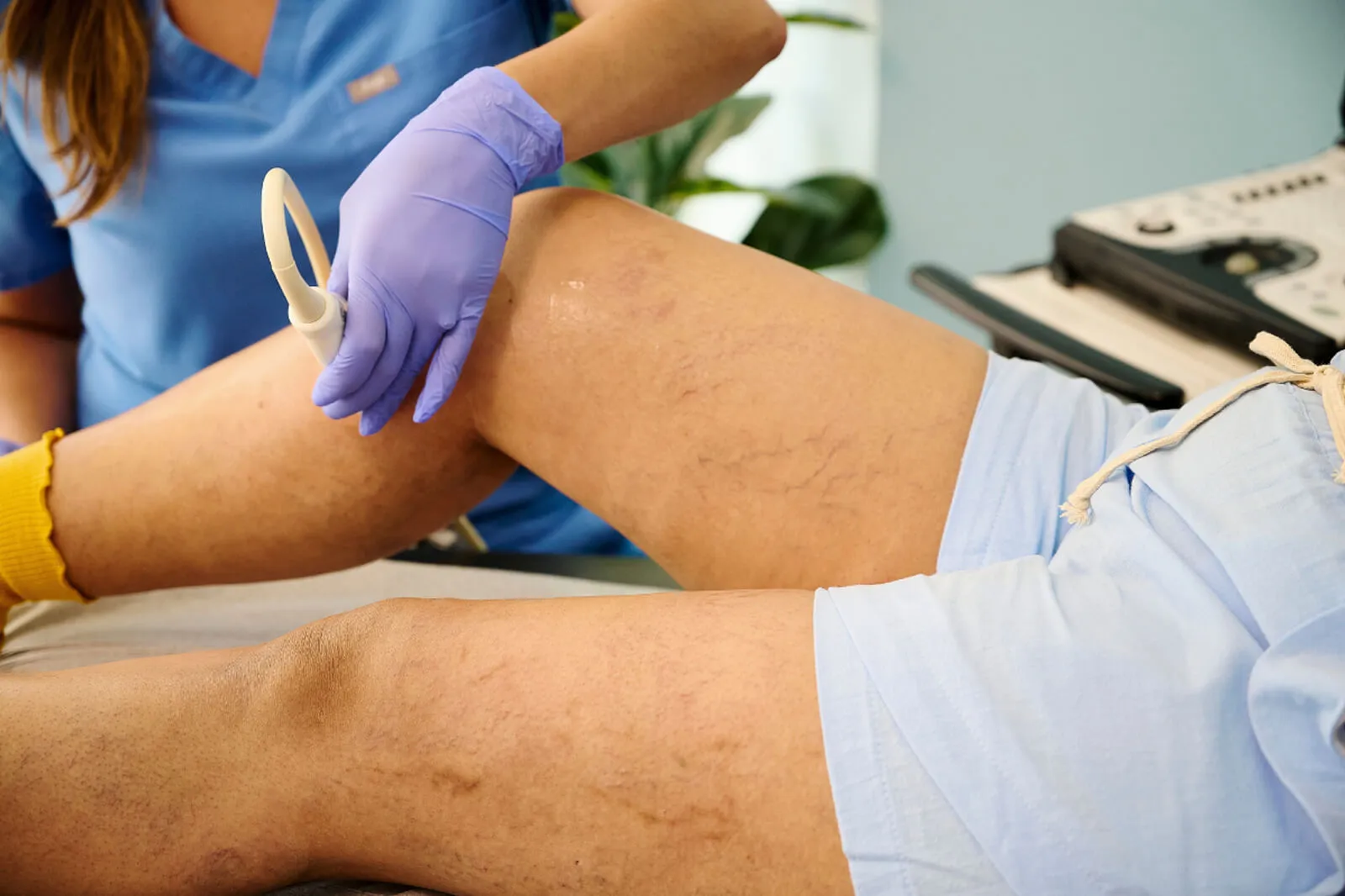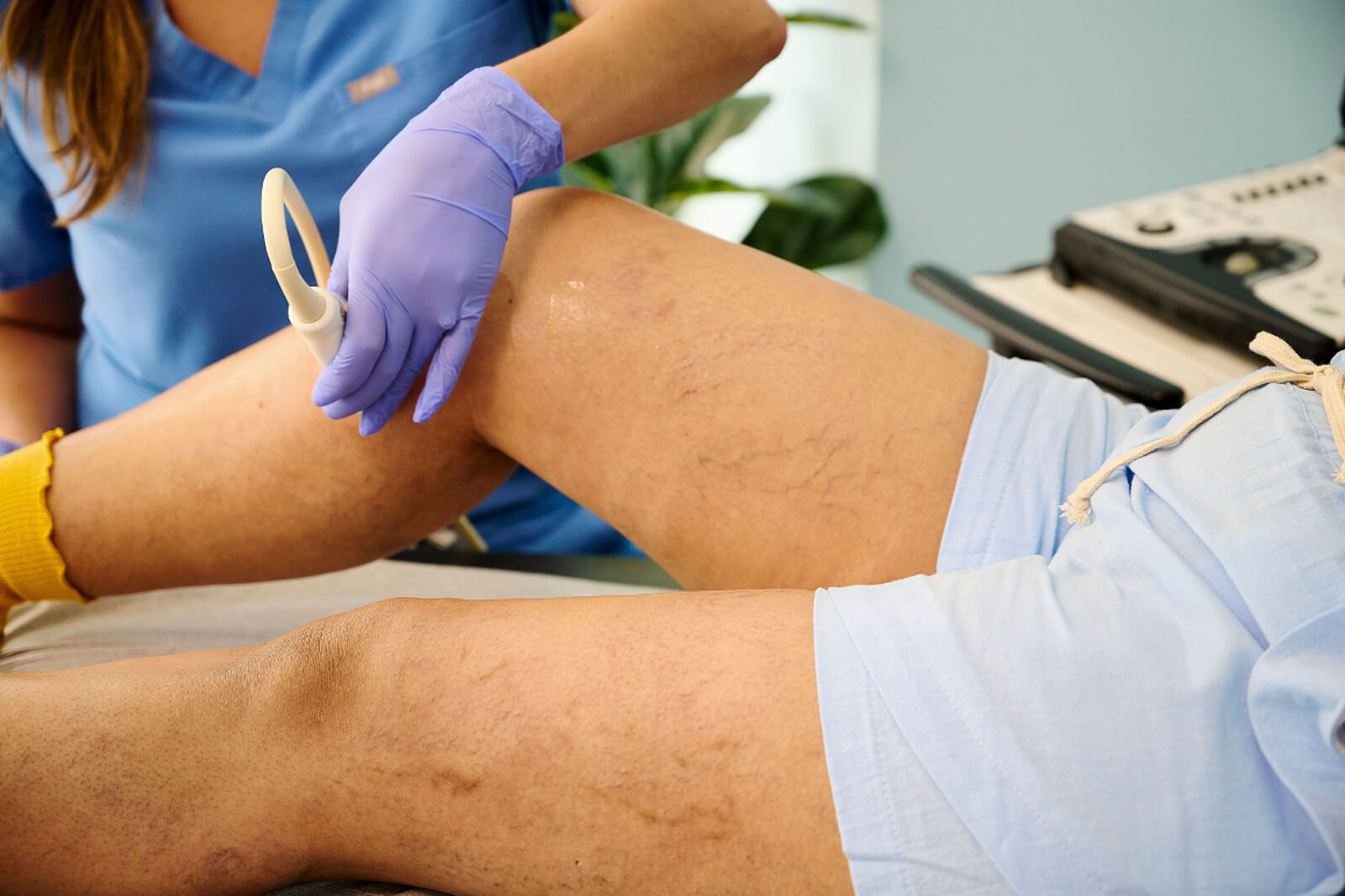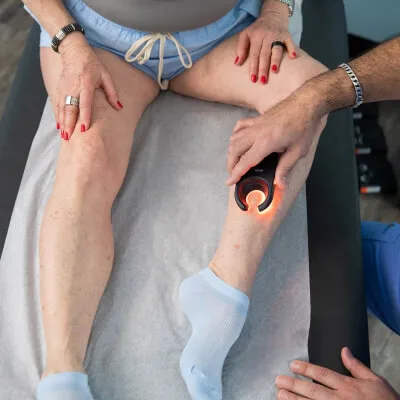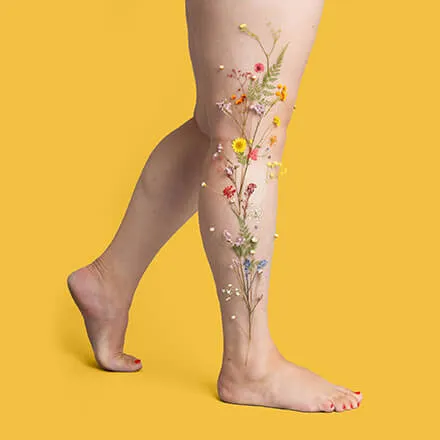Your leg veins transport deoxygenated blood from your feet and legs back to your heart. This process usually functions well in individuals who exercise regularly and maintain a healthy diet. However, certain conditions can slow down or even stop this process entirely. Here are ten of the most common conditions that can affect venous blood flow.
1. Chronic Venous Insufficiency (CVI)
Chronic venous insufficiency occurs when a vein in the leg is damaged and fails to move blood to the heart. As a result, blood pools in the vein, leading to pain, swelling, and abnormal skin changes.
Treatment options for CVI include:
- Lifestyle changes
- Compression stockings
- Sclerotherapy
- Endovenous ablation
- Wound care
To date, 25 million U.S. adults have this condition, often as the precursor to varicose veins and leg ulcers.
2. Varicose Veins
Caused by chronic venous insufficiency, varicose veins result from pressure buildup within a superficial leg vein. This buildup causes venous valves to weaken, allowing blood to flow back into the vein, where it pools. This results in the vein's twisted, dark, and swollen appearance.
Current treatments for varicose veins include:
- Elevating the legs
- Sclerotherapy
- Veins stripping
- Compression socks
- Endovenous laser treatment
This highly treatable condition affects as many as 40 million Americans.
3. Deep Vein Thrombosis (DVT)
A deep vein thrombosis is a blood clot in the leg's deep vein, usually behind the calf or thigh. Some people have them and experience no symptoms, while others have pain, swelling, and unusual warmth in the affected area.
DVTs can break away from the leg vein and become lodged in the lung without treatment. This is a life-threatening condition called a pulmonary embolism.
Current treatment options for DVT include:
- Anticoagulant medications
- Compression socks
- Surgery
Although DVT occurs more in people over the age of 60, it can affect people of all ages.
4. Peripheral Artery Disease (PAD)
When the peripheral arteries in the legs become narrowed or blocked by plaque, circulation is impaired. This results in a condition known as Peripheral Artery Disease (PAD). Depending on its progression, people with PAD experience a range of symptoms, spanning from leg cramps to ulcers.
Treatment options aim to prevent the progression of PAD and include:
- Smoking cessation
- Engaging in regular exercise
- Following a healthy diet
- Taking medications to control underlying conditions
- Thrombolytic therapy
- Angioplasty
- Bypass surgery
5. Obesity
Obesity is a condition that affects over 1 billion people worldwide. It is a precursor to chronic health issues like hypertension and heart disease, as well as many leg vein issues. While some cases of obesity can be attributed to genetics or medical conditions, many arise from limited mobility or poor lifestyle choices.
According to the Centers for Disease Control and Prevention (CDC), regular exercise and a healthy diet are among the most effective ways to prevent and treat obesity.
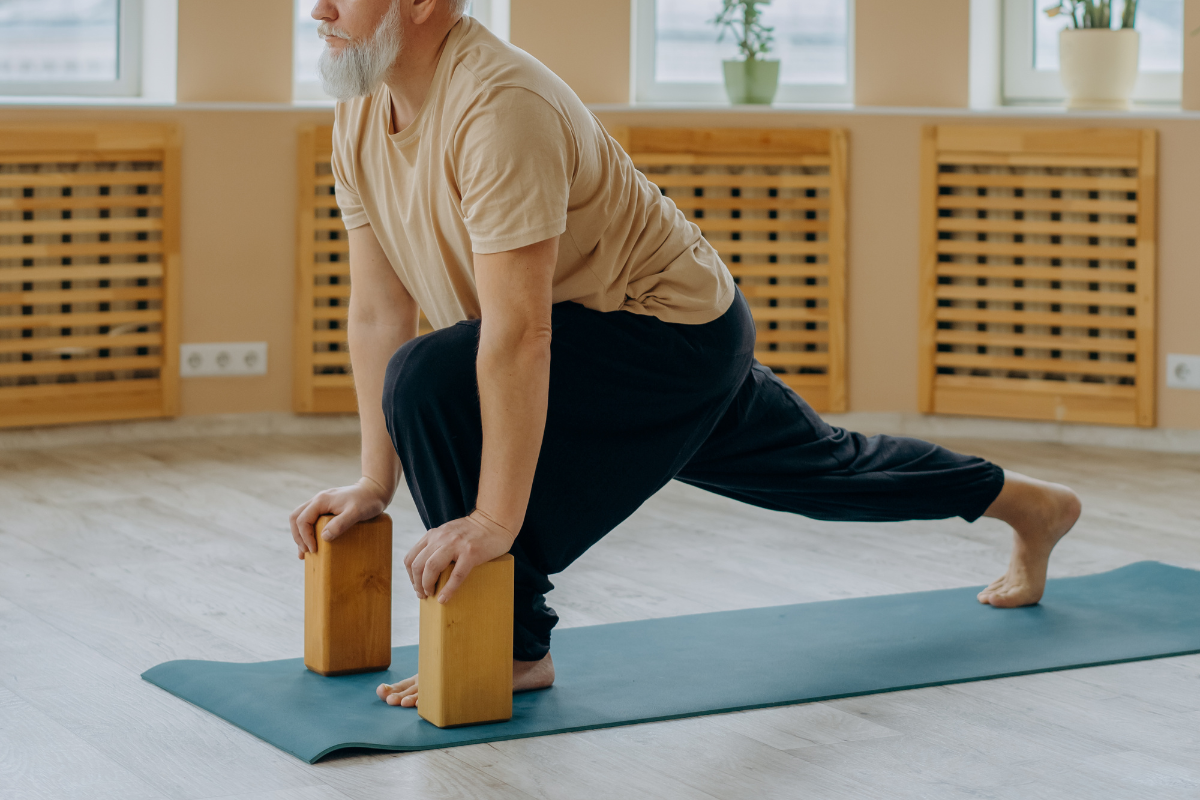
6. Diabetes
Diabetes occurs when the body cannot produce enough insulin to remove excess glucose from the bloodstream, resulting in elevated glucose levels. Over time, this excess glucose can damage vital organs like the kidneys, eyes, and heart.
Additionally, significant damage can occur in the leg arteries causing reduced blood flow and leading to symptoms such as swelling and ulcers that can contribute to the worsening, existing symptoms of vein disease.
7. Hypertension (High Blood Pressure)
Hypertension, or high blood pressure, is a condition when the body experiences consistently high arterial pressure, forcing the heart to work harder. Blood flows through the veins and arteries with varying force. This force increases during strenuous activities or emotional distress, raising arterial pressure. When inactive, this pressure should return to normal.
Treatment for high blood pressure may include diuretics and lifestyle changes such as increased physical activity and reduced sodium intake.
8. Lymphedema
Lymphedema causes uncomfortable swelling in the arms and legs due to a buildup of lymphatic fluid. Vascular health and the lymphatic system are interrelated as issues with poor blood flow in veins can contribute to lymphatic drainage issues, resulting in lymphedema swelling.
There is no cure for lymphedema. However, treatment options like pneumatic compression therapy, compression sleeves, and diuretic medications can help manage the swelling.
9. Autoimmune Disorders
Autoimmune diseases arise when the immune system mistakenly attacks healthy tissues. This causes widespread inflammation and various symptoms, including pain and digestive problems. These conditions also increase the risk of abnormal blood clotting, particularly in the legs.
While there is no cure for autoimmune diseases, effective management is possible through anti-inflammatory medications, blood thinners, and lifestyle changes.
10. Hormonal Changes
Hormones can play a role in the development of varicose veins, especially with the changes that accompany pregnancy and menopause in women. Hormonal fluctuations and imbalances impact varicose veins when these changes weaken the vessel wall, impacting the pressure inside the vessels.
Prevention and Management Strategies
Maintaining a healthy lifestyle is the best way to keep your leg veins in optimal condition.
These are a few lifestyle modifications you can incorporate to prevent leg vein issues:
- Pump your feet forward and backward while sitting to boost blood flow and relieve pressure on leg veins.
- Walk for at least 15 to 30 minutes daily to improve blood circulation in the legs.
- Eat vein-healthy foods that are high in fiber and antioxidants to reduce inflammation.
- Drink plenty of fluids throughout the day to keep your blood thin and flowing smoothly.
- Reduce the consumption of high-cholesterol and high-fat foods to prevent plaque buildup in the arteries.
- Schedule regular vein screenings to check for signs of poor blood flow or varicose veins.
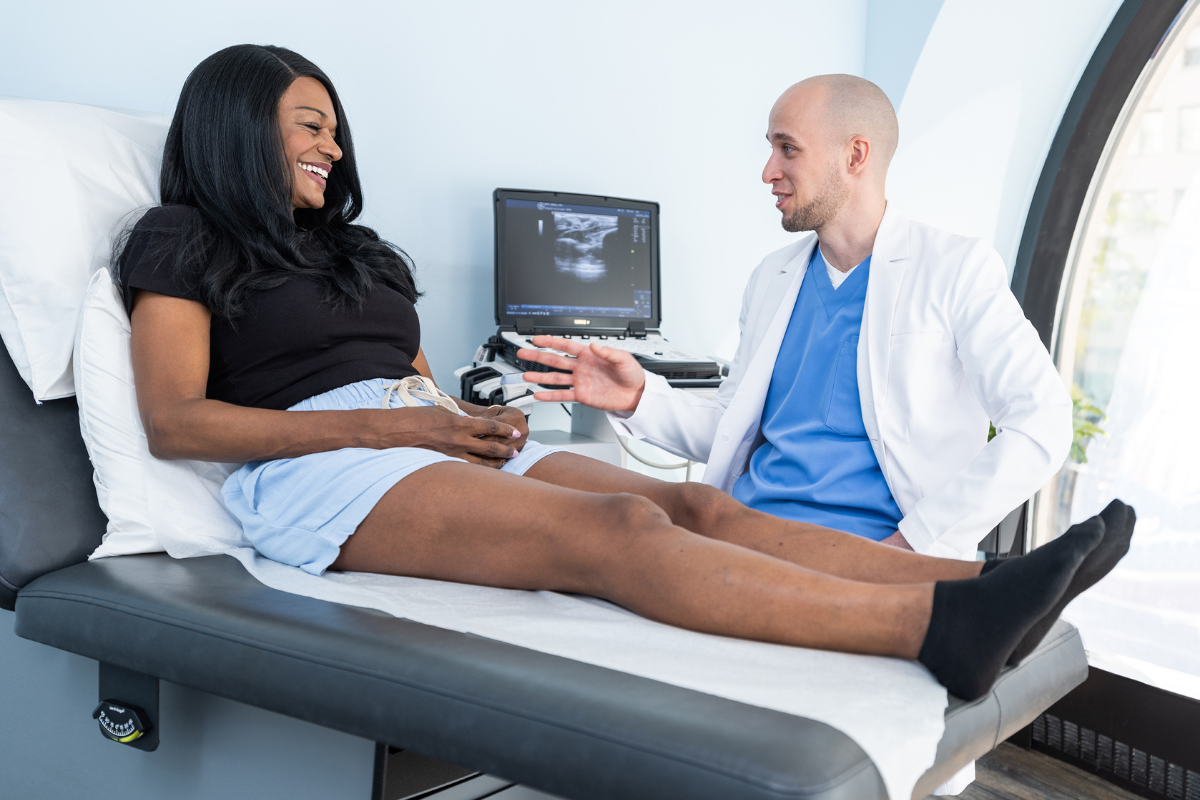
When to Consult a Vein Specialist
Contact a vein specialist if you notice unusual swelling, pain, or achiness in your legs or skin changes such as hardening, itching, or the appearance of a sore.
A vein specialist can carefully examine the area using a Doppler ultrasound device or other diagnostic tools. These instruments can map the veins, assess blood flow, and identify any obstructions or abnormalities.
Proactive Approach to Leg Vein Health
Take charge of your leg vein health by consulting a specialist to help reduce the risk of chronic discomfort, pain, or complications like blood clots. Early detection is the best option for preventing serious health issues.
Are you concerned about how your medical condition might affect your leg vein health? Schedule a free evaluation with our expert vein specialists today. During your consultation, your vein specialist will learn about your vein health and make personalized treatment recommendations.

Dr. Philip LoPresti
Meet Dr. Philip LoPresti DO, DABVLM, FACS, a board-certified vein specialist and surgeon with over 20 years of experience. Schedule an appointment with him in Queens, NY today.
Meet Dr. Philip LoPresti
Trusted insight from the nationally accredited, board-certified vein doctors at Metro Vein Centers.


